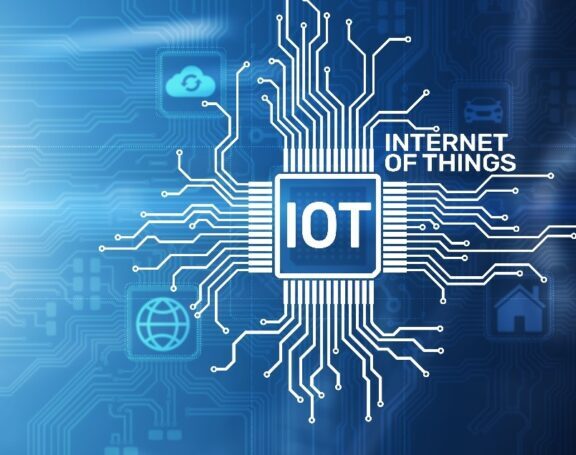The Internet of Things began humbly enough when a scientist connected a toaster to the internet back in 1990. The term was coined in 1999 to describe this process of physical objects being connected to the internet.
24 years on, IoT devices are rapidly becoming pervasive in our society. From Amazon Alexa to smart lightbulbs and thermostats, almost any object can be equipped with sensors and wireless networking to create a presence in a rapidly developing environment of mass data collection. Appliances, home-entertainment systems, cameras, and even the emerging “smart cities” are becoming accepted facets of everyday life.
As 2023 begins, IoT is poised to become an increasingly important element in economic activity across all sectors. A look forward at a few of these rapidly developing advances can help your business prepare for this new technological environment.
Digital Twins for Real-Time Management and Scenario Analysis
A digital twin is a virtual replica of a physical item, system, or environment. The data derived from IoT sensors allows for the creation of a very close digital duplicate of the associated physical object, whether it’s a piece of machinery, a retail space, a factory, or even an entire city.
This near-perfect emulation of the digital twin allows managers to run multiple simulations of various possible events and arrangements within the physical asset, enabling them to experiment with new organizational approaches or rehearse their responses to potential problems at virtually no cost. This ability to conduct repeated, virtual experimentation allows for the detection of potential problems early on and speeds the improvement of productivity and efficiency through process reengineering, all without having to interfere with the physical assets themselves.

The Internet of Medical Things (IoMT) Transforming Health-Care Delivery
In a continuation of a trend that first saw wide adoption during the COVID-19 pandemic, wearable IoMT devices and systems allow for ongoing telemetric monitoring of patients’ vital health statistics, allowing health-care professionals to detect a potential crisis much sooner. Among the most dramatic of these new IoMT applications is a wearable, continuously monitoring defibrillator.
The effectiveness of telehealth services can also be dramatically increased as IoMT systems allow the consulting physician to access real-time measurements of blood pressure, insulin levels, or virtually any other area of concern.

Edge Computing for Efficient IoT Performance
A typical IoT system works by continuously sending, receiving, and analyzing data in a feedback loop in near-real time. Placing computing services closer to the IoT sensors allows for faster, more reliable IoT performance by reducing latency of communication. Edge computing refers to this proximate location of processing and storage resources for an IoT system.

One close-to-home IoT/edge system can be found right in your kitchen, where Microsoft has announced a new refrigerator—elaborately outfitted with IoT devices and edge-computing processors—that will maintain a running inventory of the grocery items you normally keep, learn to recognize new types of objects, and inform you when stocks are running low. Reordering is a simple voice-command away for the hungry human, and an IoT-enabled drone might even deliver the groceries.
Of course, Alexa is always listening, responding to your commands to lower the temperature, turn up the lights—in fact, if you let her, Alexa will record every sound within your house; IoT/edge functionality provides you with an incredible, time-saving assistant, but she has a perfect memory and an unknown audience, whose interest in your personal affairs is completely unknown to you.
But as the security of IOT continues to improve and the advantages of this technology become more obvious, larger numbers of people will first accept and then demand participation in the new IoT environment.
Netmaker Communications is a widely acknowledged expert on the Internet of Things—its possibilities as well as its perils. So, if you have any questions about IoT, give us a call and we’ll be happy to talk to you about it.

